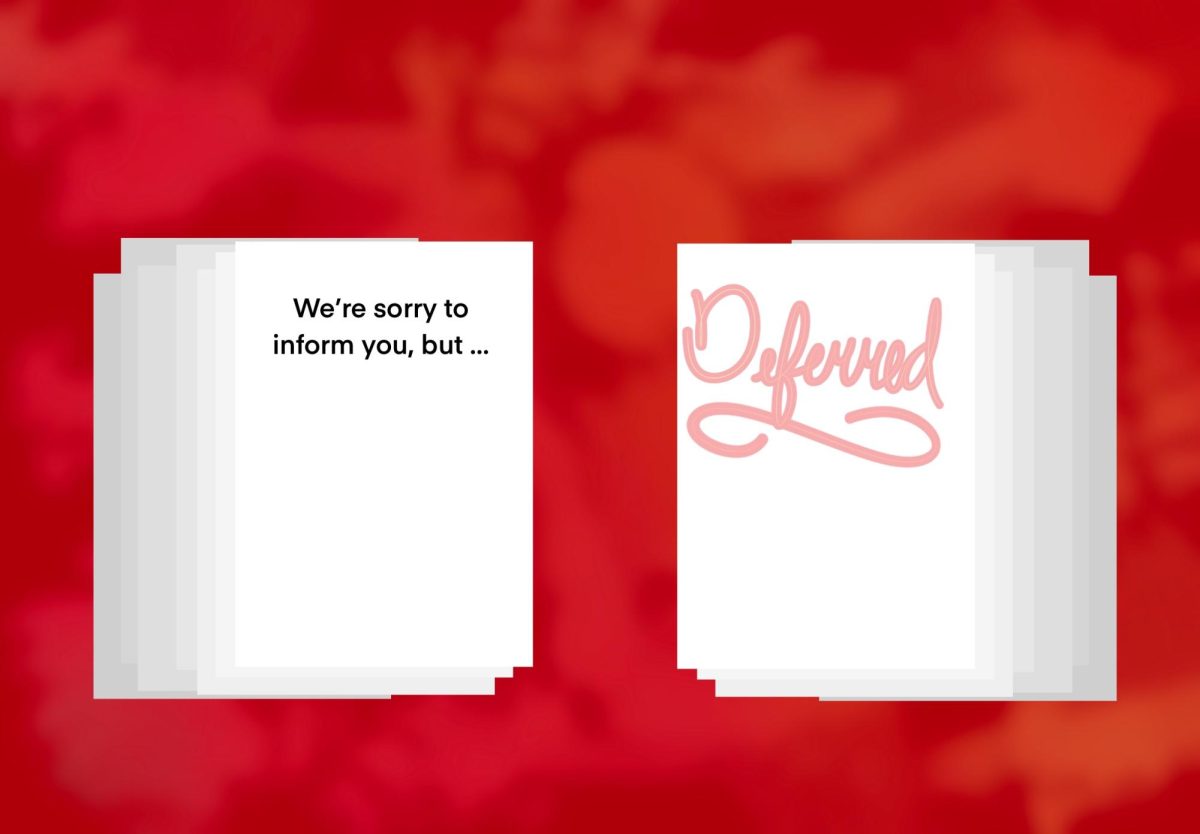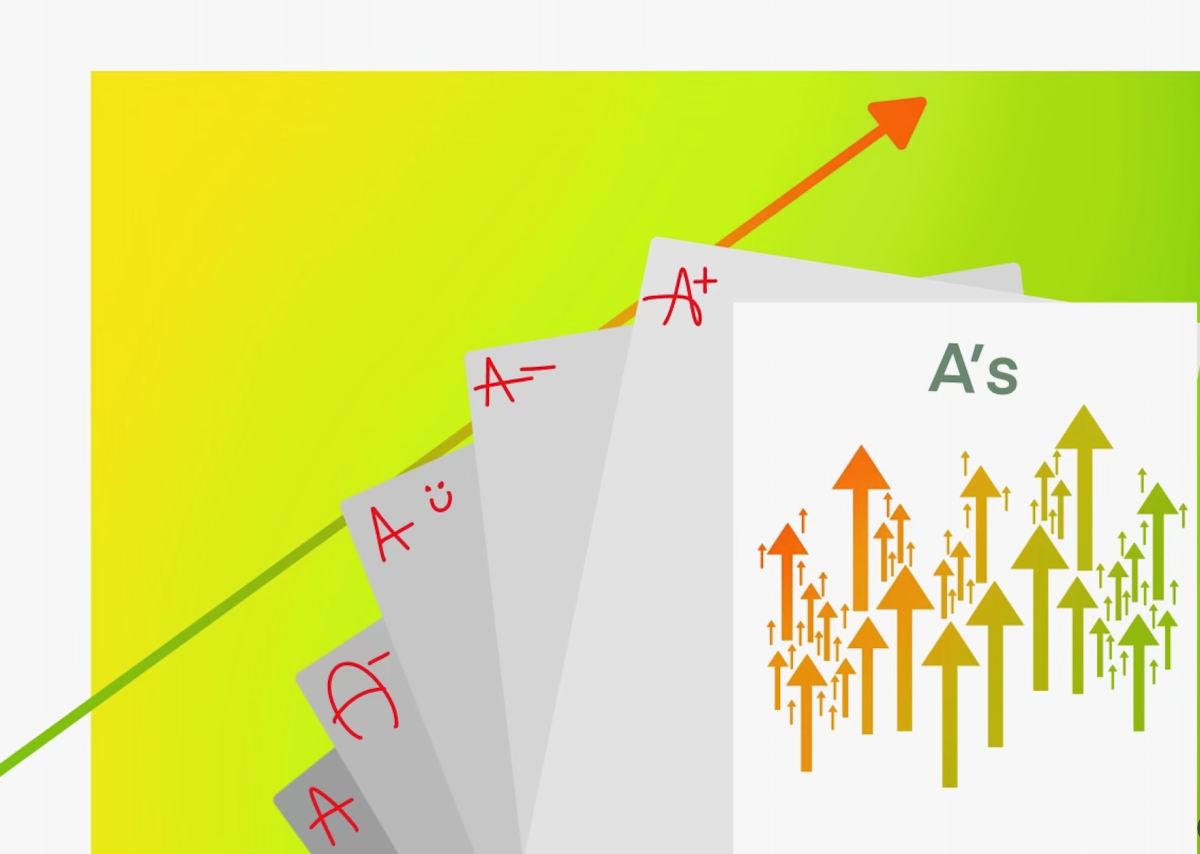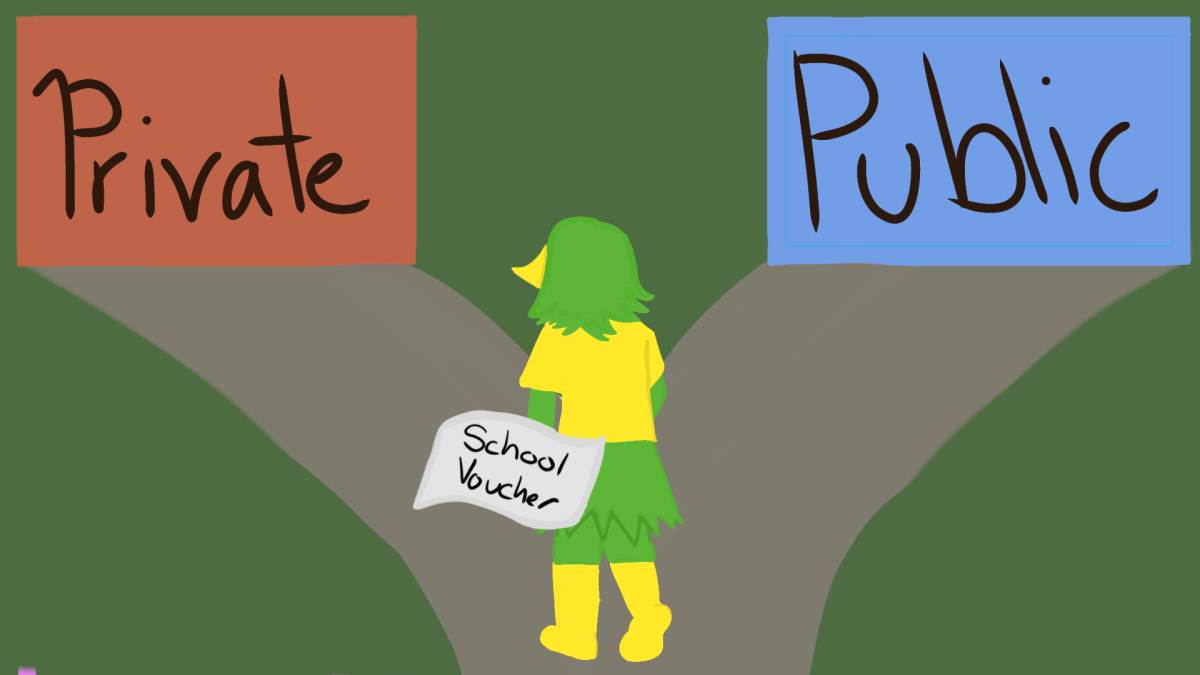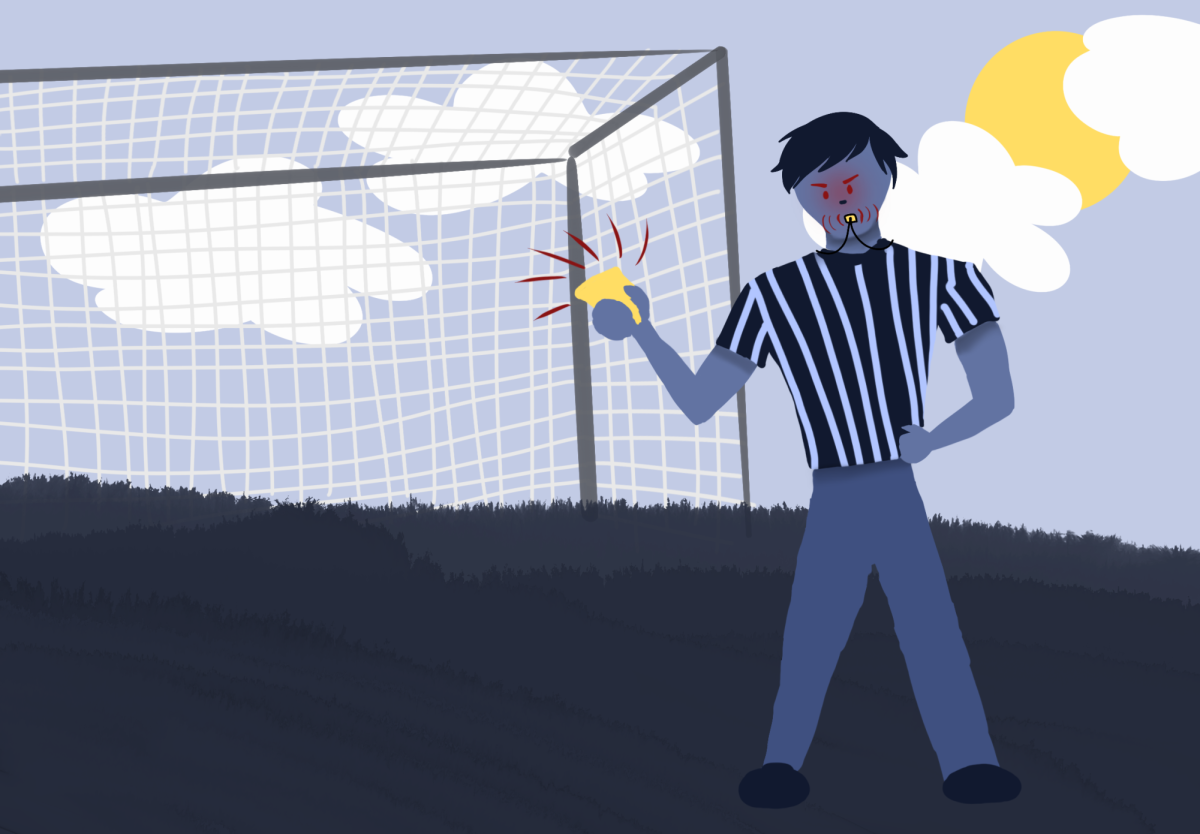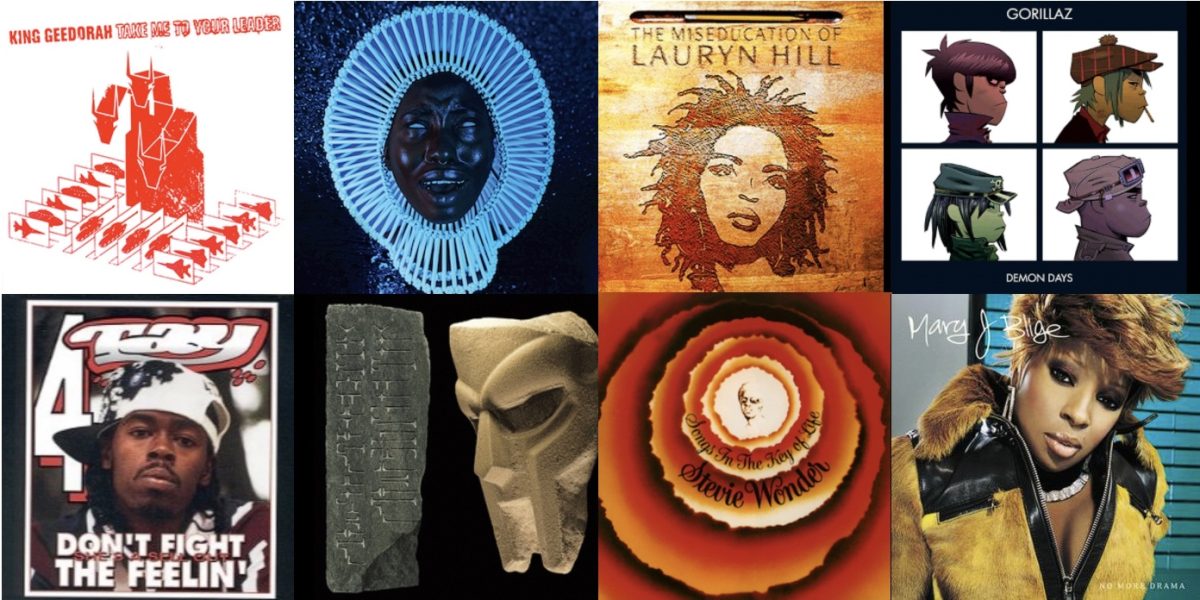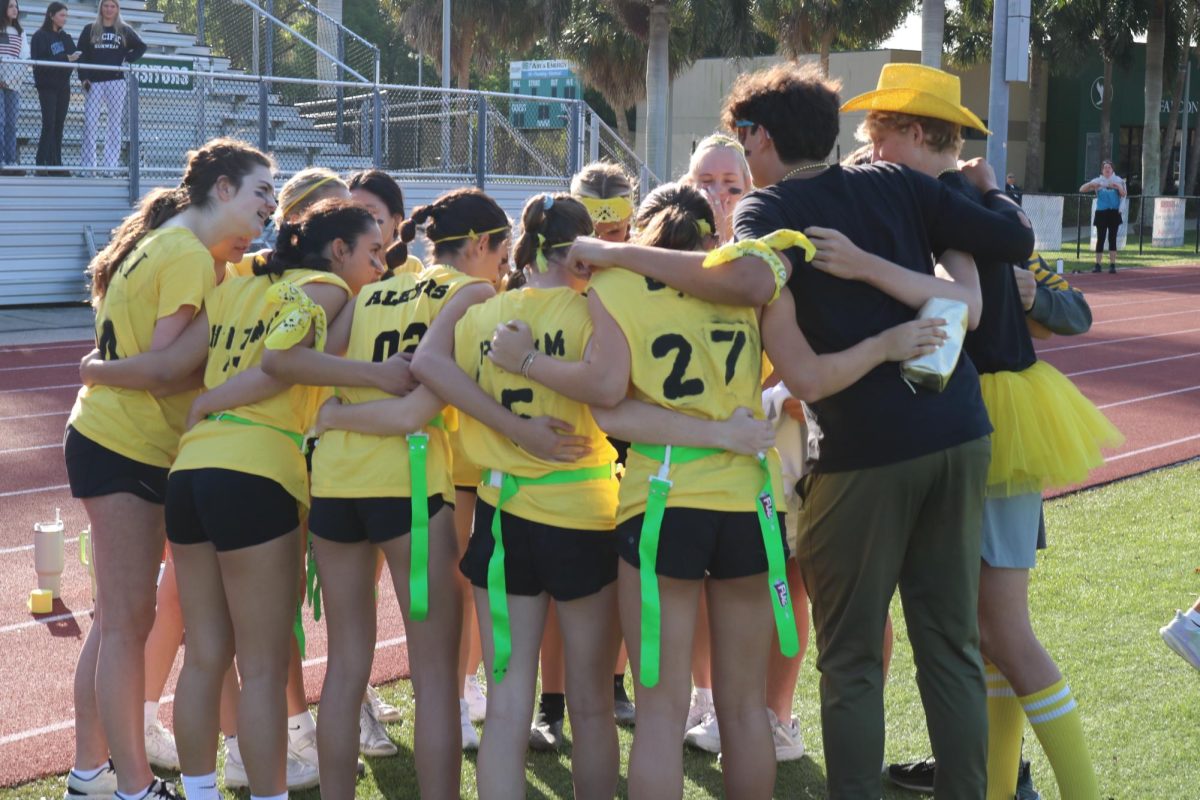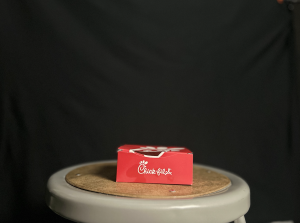Is graffiti still art?
A look into the history of graffiti and its artistic value over time.
February 3, 2023
Being from Ústí nad Labem, Czech Republic, I have seen the city-engulfing layers of graffiti first-hand. A vast majority of the buildings, bridges, and trains have graffiti throw-ups or tags on them. At times, it’s hard to imagine what the building looks like underneath all of that paint and artwork.
Often, graffiti artists, most famously Banksy, have motives and reasoning behind their vandalous acts. Those artists promote their political and social views, pointing out problems in society via their art; graffiti is used as a way for street artists to express their creativity, beliefs, and affect change. But nowadays graffiti crews on social media are dictating what is getting thrown upon the buildings of our urban landscapes.
After a recent trip back to the Czech Republic, I’d like to make a case that graffiti, in some places, has lost its artistic aspect. Has the medium deteriorated into attention-getting vandalism?

To start with, we need to see where graffiti originated, which will give us a look into the true meaning and potential of the medium. Meaningless graffiti works have been around ever since the very beginning, but even in 1980’s New York, where the form began, there was a prevailing artistic aspect to most of it. Graffiti started out with musicians like Fat Joe and DEZ looking for a way of promoting their work, as well as trying to solidify their names in the hip-hop scene. It was a way to be seen and express opinions, especially in large American cities.
Years later in the Middle East, people like Dede would spread their political views and try to enact change or awareness with their art on the walls of Israel. Other artists such as Blek le Rat and British artist Banksy have been making political and satirical points through their works for decades and have attained international fame.
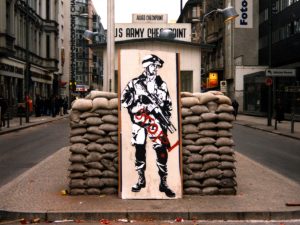
These artists exemplify authentic graffiti that express perspectives, personal struggle, and message to the public. According to the Oxford Dictionary, art is “The use of the imagination to express ideas or feelings, particularly in painting, drawing or sculpture”; therefore, graffiti is only art when the artist is expressing some idea behind their piece.
However, I’m disappointed that most graffiti, both in the Czech Republic and around the world, is done for the sheer thrill and act of vandalizing, rather than the message that it sends or the quality of work. That’s not even mentioning the millions of dollars that it costs cities, companies, and individual people to cover up. Iconic pieces such as Banksy’s stencil paintings are often being replaced with boring, generic tags.
Some will argue that any form of graffiti can be art since every piece carries expression and is specific to every person. But not every piece carries expression. An example of what is wrong with the modern day graffiti scene is well summarized by Václav Němeček, a member of the graffiti scene in my hometown. He says: “I love the adrenaline whenever I do graffiti.”
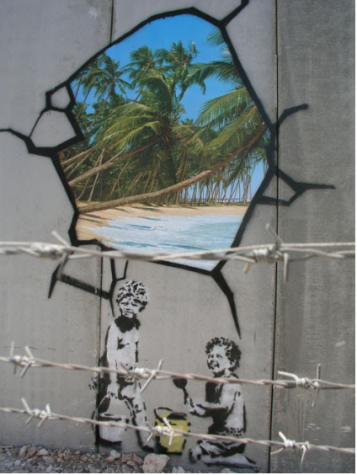
( Banksyblog)
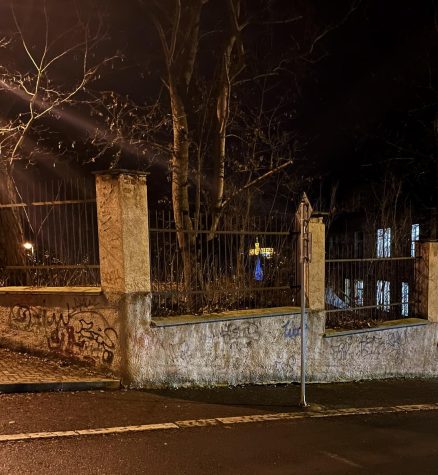
What I’ve witnessed in Czech is that graffiti is becoming less of an art, which is disappointing. So it brings up the question, is graffiti still art, or has the medium descended into attention-seeking vandalism?
Street art in the Czech Republic originated in the late 1980’s; it was originally motivated by covering up bleak, communist-themed buildings in order to spread joy. It used to be a symbol of freedom and joy, but in recent years, the medium has deteriorated into an era of tagging graffiti.
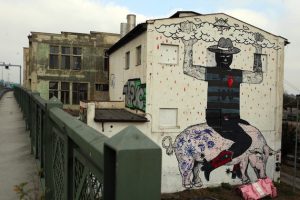
Tagging, “the repeated use of a single symbol or series of symbols to mark territory,” has been around since the very beginning of graffiti and has always been a problem. In the past, successful movements for eradicating graffiti, particularly tag-style graffiti, have been put in place in large cities around America. But now, “tags” are starting to re-appear more and more around the cities here in Czech and Germany. It is destroying the look of buildings and creating unneeded debt for families and companies.
In recent years, the internet and social media have only encouraged vandalism-style graffiti more because of rising crews like 1UP inspiring millions of people to pick up a spray can and paint whatever comes to mind. This type of off-the-cuff graffiti, unrefined and on a whim, is a marked change from the deeper, more thought out, more polished pieces that really should be out there on the street.
3




